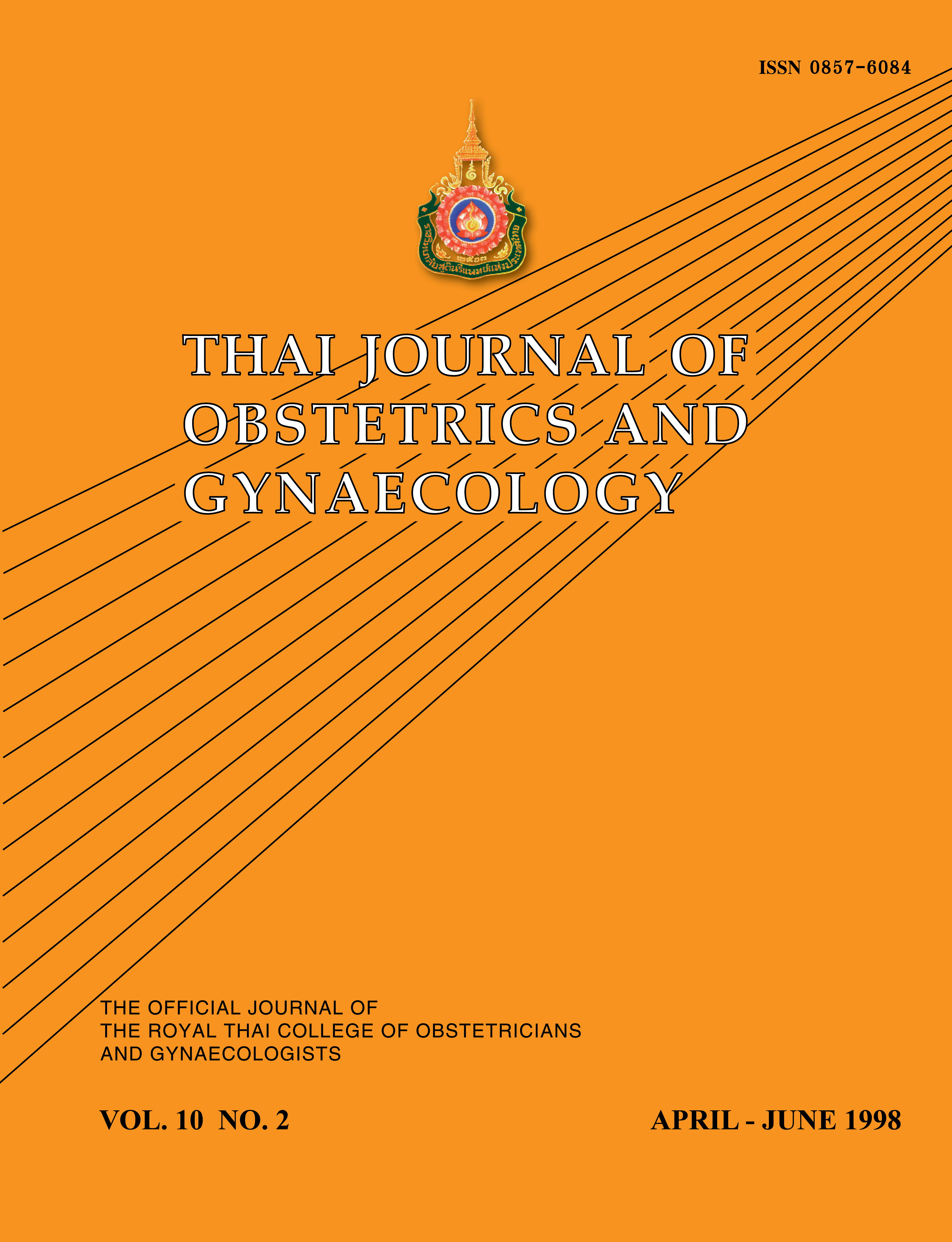Tibolone: a Unique form of Hormone Replacement Therapy
Main Article Content
Abstract
Tibolone (Livial®) is an innovative synthetic steroid analogue for the treatment of postmenopausal climacteric symptoms which, in contrast to classical hormone replacement therapies, reacts with both estrogen, gestagen and androgen receptors. This is mainly due to three metabolites of tibolone, the 3a and 38 hydroxy metabolites and the A4 isomer.
One significant advantage of tibolone over conventional hormone replacement therapies is the low rate of vaginal bleeding. One investigation in 129 postmenopausal patients treated with either tibolone or conjugated estrogens plus medrogestone showed significantly lower bleeding rate in the tibolone group, with 10-15% of patients in the tibolone group experiencing vaginal bleeding in the first three months of treatment ; after that, vaginal bleeding was very rare. The virtual lack of endometrial stimulation of tibolone is thought to be due to the presence of a 3B hydroxysteroid dehydrogenase in the endometrium. This enzyme is responsible for the transformation of tibolone to the A4 isomer, which exhibits mainly progestogenic and androgenic activities.
Another study was designed to assess the tolerability and side effects of tibolone after four months of treatment in a large collective of patients. 1,189 postmenopausal patients were included in this study. Tibolone significantly relieved all of the classical menopausal complaints. The proportion of patients with bleeding problems dropped significantly from 15.9% to 6.8%. Other complaints, such as headache, nervousness, and breast tenderness, were also significantly less frequent than before treatment. Only 14.4% of women discontinued treatment prematurely. The use of tibolone in the postmenopause is only rarely associated with vaginal bleeding, a side postmenopausal women from taking hormones.
Article Details

This work is licensed under a Creative Commons Attribution-NonCommercial-NoDerivatives 4.0 International License.


